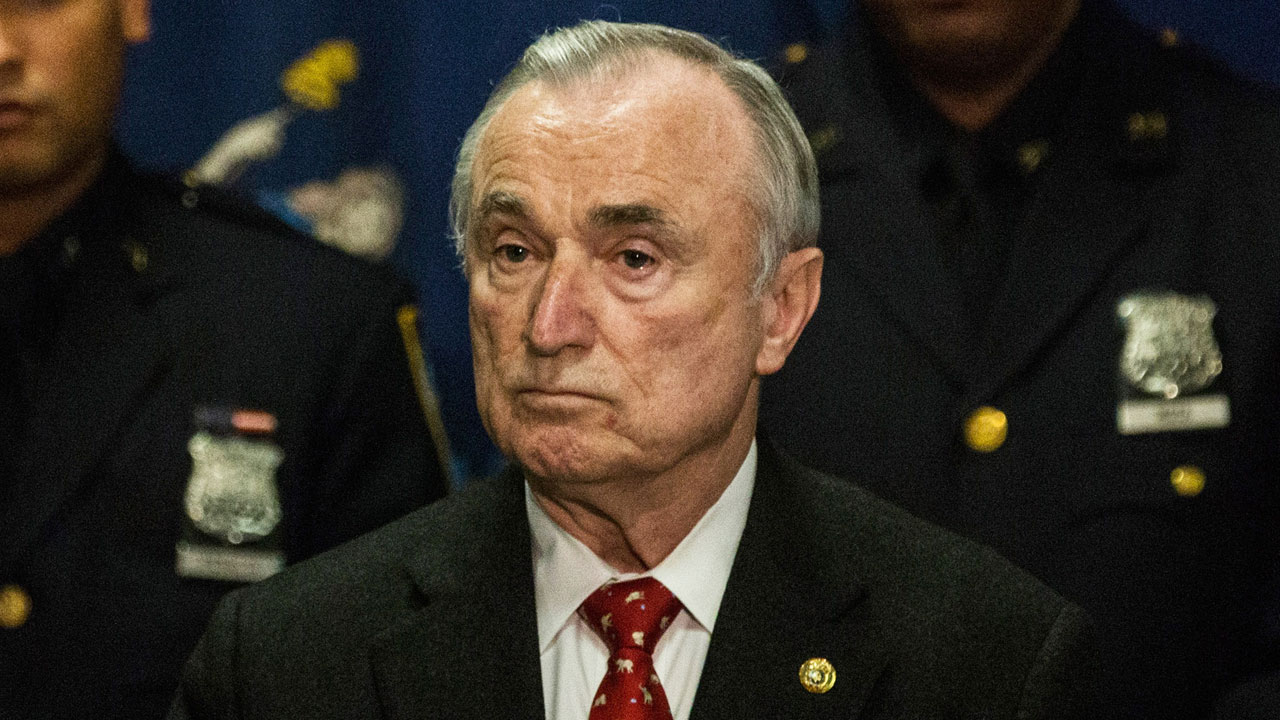At a City Council hearing on September 8th, Police Commissioner Bill Bratton presented three charts suggesting a dramatic decrease in use of force by NYPD officers over the last twenty years. According to the charts, only 2% of arrests last year required force.
However, a City Council analyst raised some questions about the reporting, specifically what defines “force” in an arrest and whether the officers are required to report it. He was fired a few days later in what he claims was a retaliation for questioning the de Blasio administration.
The numbers also do not take into account those who “resisted arrest. The New York Times reports:
If resisting arrest is a reasonable indicator of the use of force, department statistics for 2013 suggest that officers used force more regularly than indicated on arrest reports. In 2013, there were 12,453 arrests that included charges of resisting arrest, about 3.1 percent of all arrests, thousands more than the total number of recorded uses of force.
Through the first seven months of 2014, suspects were charged with resisting in more than 7,000 arrests, barely less than the 7,343 such instances in the same period the year before.
Taking this data into account, Bratton’s charts from the last two decades would look quite different.
In 2003, suspects were charged with resisting arrest at a lower rate than officers reported the use of force in their arrest paperwork. By 2013, the data had flipped: More suspects were charged with resisting arrest than officers reported using force to restrain them. The reason for that shift was not immediately apparent, Mr. Davis said.
“If the new training is going to be effective, it’s going to have to be measurable,” he said. “I would expect that you’re going to see these forms changed.”
Others on the City Council criticized the department for failing to take into account data from the Civilian Complaint Review Board, which shows a high incidence of the use of force in arrests. Even more problems arise when tracking use of force in stop-and-frisk arrests. Almost half of these arrests use force, which the NYPD says is due to a lower threshold for defining “force” in these encounters.
Of the 15,443 stop-and-frisk encounters that ended in arrest by the Police Department last year, officers recorded using force nearly half the time, according to an analysis by The New York Times — a vast majority being the use of handcuffs or hands.
But 9.5 percent of the time, officers used some measure of stronger force, including putting suspects on the ground or drawing or pointing a gun.



